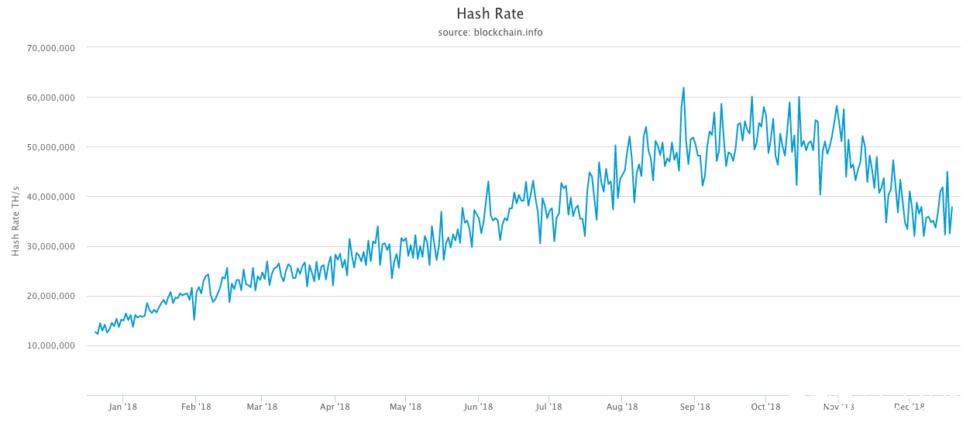In the ever-evolving landscape of cryptocurrency mining, maximizing your earnings requires more than just raw computational power. Kaspa mining, a newcomer gaining traction, shines with its unique blockDAG structure and scalable protocols, offering miners a fresh avenue to capitalize on the blockchain revolution. But how do you accurately calculate profits, especially amid fluctuating market dynamics and operational costs? Understanding the core elements—from hash rates and power consumption to network difficulty and reward schemes—is essential. Diving deep into these factors empowers miners to strategize smarter, ensuring each investment in mining rigs and hosting services yields optimal returns.
Kaspa’s algorithm is distinct in its approach, prioritizing low-latency block propagation and organizing blocks in a Directed Acyclic Graph rather than a linear chain. This innovation translates into faster transaction times and increased throughput, providing a competitive edge to miners. However, the mining landscape goes beyond Kaspa’s protocol technicalities. As with Bitcoin (BTC), Ethereum (ETH), and Dogecoin (DOG) mining, the hardware you deploy—be it ASIC miners customized for Kaspa or versatile GPUs from mining rigs—plays a pivotal role in determining profitability. The hash rate signifies how quickly your miner solves cryptographic puzzles, directly impacting your share of block rewards.

But the story doesn’t end there. Power consumption and electricity costs can silently erode profits, especially when using energy-intensive miners. This is why hosting your mining machines in dedicated facilities or mining farms equipped with affordable renewable energy sources has become a trend. Mining farm operations leverage bulk power contracts and climate-optimized cooling to reduce operational expenditures without sacrificing performance. For individual miners and enterprises alike, partnering with reputable mining hosting providers creates a hassle-free scenario—your miners run 24/7, managed by professionals, ensuring maximum uptime and efficiency.
Calculating Kaspa mining profitability demands a comprehensive formula that factors in several variables: current Kaspa price, network difficulty, block reward, miner efficiency (hash rate divided by power consumption), electricity cost per kilowatt-hour, and pool fees, if applicable. Investing in software platforms or calculators designed specifically for Kaspa can digitalize this process, providing instant updates on profitability as market conditions fluctuate. Indeed, this mirrors the practice employed in BTC and ETH mining circles, where miners continuously optimize their operations based on real-time analytics.

Moreover, diversification in cryptocurrency mining has emerged as a prudent approach to risk management. Miners who initially started with Bitcoin are increasingly branching out into alternatives like Kaspa or Dogecoin mining, balancing their portfolios and capturing gains from emerging projects. Given Kaspa’s relatively lower mining difficulty compared to seasoned giants, newcomers can enter the space with potentially higher immediate returns. However, it’s vital to consider the liquidity and volatility of Kaspa when comparing it to Bitcoin or Ethereum—a factor that directly influences exchange rates and thus mining profitability.
Integrating mining machine hosting solutions can also amplify your operational scalability. Hosted mining allows for automated maintenance, proactive hardware replacement, and optimized load distribution across mining devices. This professional supervision minimizes downtime caused by hardware failures or network issues, directly enhancing earning potential. Additionally, many hosting providers are now incorporating next-generation cooling techniques such as immersion cooling, which dramatically reduces heat and energy costs—technological advancements that are reshaping the profitability calculus for miners worldwide.
Lastly, effective Kaspa mining profit calculation necessitates active market engagement. Monitoring Kaspa’s market price on multiple cryptocurrency exchanges ensures that miners can identify the most advantageous moments to convert earned coins into fiat or other cryptocurrencies. Pairing this with a flexible withdrawal strategy minimizes exposure to price dips. In contrast to Bitcoin’s mature trading infrastructure, newer coins like Kaspa require heightened vigilance to navigate liquidity slumps or sudden spikes. Advanced miners often automate this through bots that execute trades based on preset profitability thresholds, guaranteeing maximized real-time returns.
In essence, mastering Kaspa mining profit calculation is a multifaceted endeavor. It intersects hardware efficiency, operational costs, hosting strategies, market timing, and continuous adaptation to network changes. Whether you are an entry-level miner deploying a small-scale mining rig or an investor orchestrating a sprawling mining farm, these proven strategies collectively steer your components towards a maximized earning horizon. Embrace thorough analysis, leverage cutting-edge hosting services, and dynamically engage with trading ecosystems—your gateway to sustained Kaspa mining success awaits just beneath the algorithmic surface.
A concise guide to Kaspa mining profitability. Expect practical formulas, insightful analysis, and potentially, a lucrative KAS mining revamp. Or just another hopeful equation.